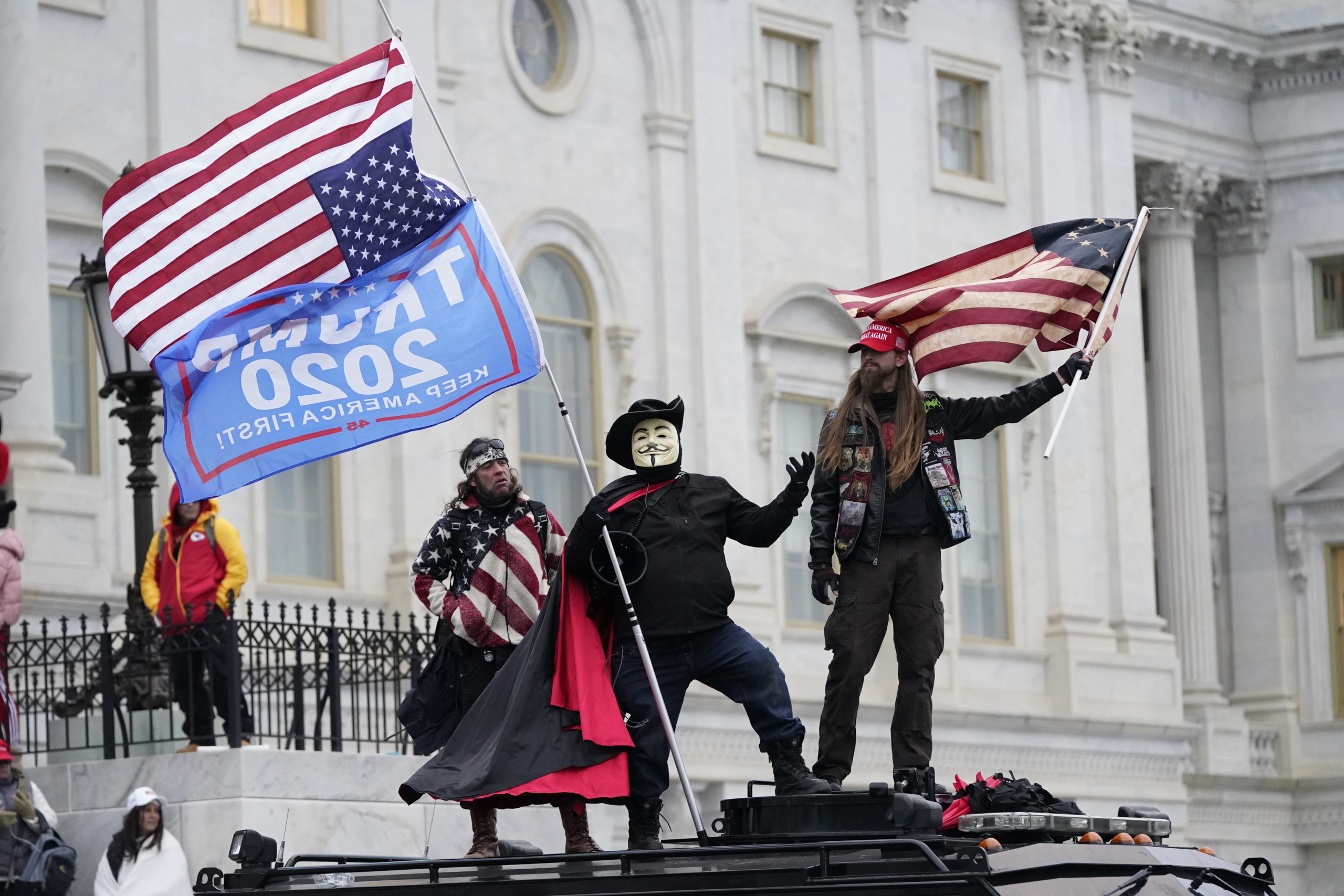Sign up for The Media Today, CJR’s daily newsletter.
Well before the mob was cleared from the United States Capitol, the tear gas had lifted into the sky, and Congress finally, fitfully acknowledged that Joseph Biden would be the next president, the media had found its insurrection narrative. Donald Trump was primarily—rightly—to blame, as he’d encouraged seditious violence in a speech just hours before his supporters stormed the halls of Congress. His enablers in elected office had legitimized his baseless attacks on the integrity of the vote. And his supplicants in the right-wing press—especially Fox News—had, along with the tentacled conspiracies of QAnon, been super-spreaders of hate and nonsense. “Those righty fringe outlets and fox figures…they are responsible,” CNN’s Chris Cuomo wrote on Twitter. Clearly, there was plenty of blame to go around.
But an honest media accounting of what precipitated the riot in Washington requires a look back much further than the last week or month and wading through the whole history of Trump coverage, beginning with the moment he descended the escalator of Trump Tower in June 2015. And it means looking beyond QAnon, which didn’t then exist; Newsmax, which had yet to catch on; and even Fox News, which hadn’t yet become the most-watched network on television. At some point, even the media people who didn’t elevate Trump’s rigged-election nonsense are going to have to grapple with their own complicity in the Trump story.
Recall the glib dismissal of Trump in newspapers and on cable shows. Remember the rallies at which the arrival of Trump’s airplane was carried live on multiple channels, with the gleeful excitement of the Beatles landing at JFK. Consider, too, how journalists equated his lies with the questions surrounding Hillary Clinton’s email servers. “People want to see Donald Trump. You want to watch him,” Don Lemon told CNN viewers the day after Trump announced his candidacy. “At least there’s someone interesting in the race.” In 2016, Trump got so much free media airtime—more than two billion dollars, according to an accounting in the New York Times—that he could run a national presidential campaign with a fraction of the ad budget of his competitors. From the start, amplifying Trump has not merely been a Fox News problem.
By the time the 2020 election rolled around, America’s media had centered Trump with a singular obsession. Trump’s Twitter account became a disinformation drip mainlined by newsrooms across the country; cable networks broke in with chyrons quoting even his most nonsensical claims. Outlets aired his rallies, unedited, as he spouted racist vitriol. Newspapers sent reporters to hear from Trump’s fans, who had internalized his distorted picture of the world, and repeated it back. “Fact checking” operations proved futile in addressing the greater crisis at hand: Trump’s dismantling of truth itself. Drawing attention to everything he said, in a manner disproportionate to the news value of Trump’s comments, did, at least, keep people interested: over the past four years, TV news viewership has soared; ditto for subscriptions to the Times and the Washington Post.
This November, when Trump lost the election—decisively—major outlets changed their tone, working harder to contextualize his misinformation and demonstrating a willingness to cut away from his lies. Two days after the election, NBC, CBS, and ABC all cut Trump off mid-sentence as he went on TV to argue, without proof and before the ballots had all been counted, that he had won. USA Today pulled the plug on its livestream of his comments.
In the coming days, we’ll likely hear a lot from the political press about the president and his gutter echo chamber, which helped produce the first assault on the Capitol since 1814; watch clips from Fox anchors aping right-wing conspiracies; and hear condemnation of Twitter and Facebook for their refusal, until it was too late, to take away the president’s discordant megaphone. All of these represent reasonable responses to a uniquely mendacious and dangerous leader. But all have come far too late, and amount to far too little.
The reporters and the outlets now seeking to draw themselves as somehow removed from this moment, as truth-tellers against those in the media and Silicon Valley that are actually Trump’s enablers, need to look hard at their own role in creating the climate that led to the storming of the Capitol. Now is probably not the week for that reckoning, but it must come. Scapegoating and finger-pointing can only last so long.
ICYMI: Right-wing media divided on Capitol chaos
Has America ever needed a media defender more than now? Help us by joining CJR today.



